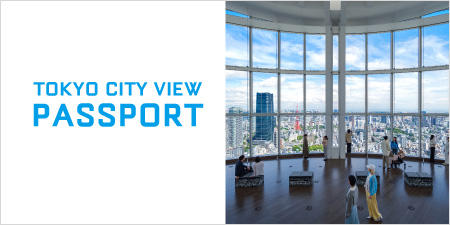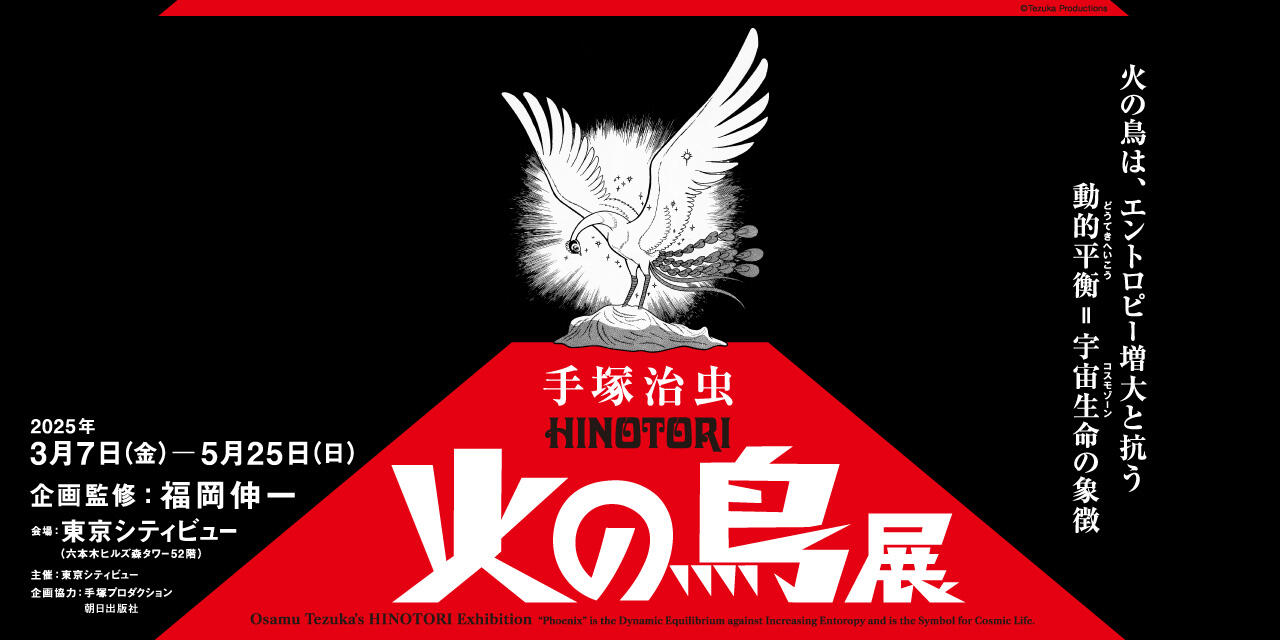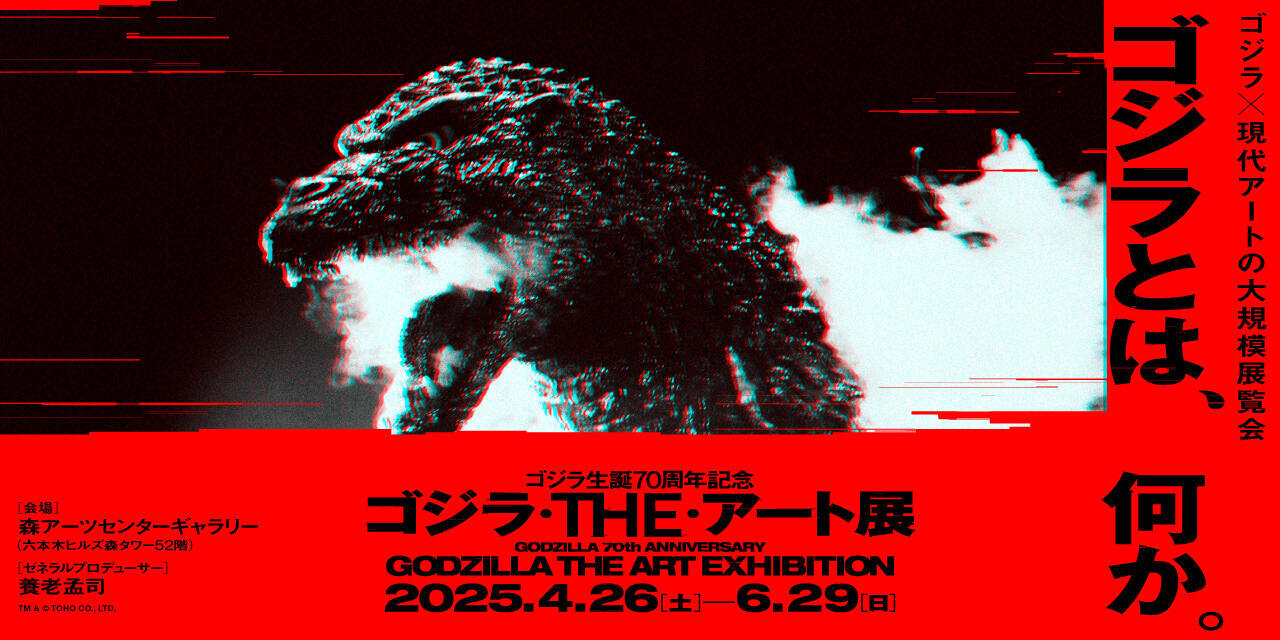Japanese architecture today attracts attention from all over the world. Numerous architects, from Tange Kenzo to Taniguchi Yoshio, Ando Tadao, Kuma Kengo, Sejima Kazuyo and other young upcoming architects have received great international acclaim. Founded on rich traditions that have stretch back to ancient times, contemporary Japanese architecture encompasses exceptionally creative and original ideas and expressions.
In the 150 years following the Meiji Restoration of 1868, architecture presented immense opportunities for experimentation in Japan. How did the long and rich Japanese tradition of wooden architecture evolve, among a great number of practices? What did the West find attractive about architecture in Japan, and how did Japanese architecture then respond to this interest? The transitions of such things invisible to the eye as everyday life and views of nature also provide important elements for understanding Japanese architecture.
Structured around nine sections based on key concepts for interpreting architecture in Japan today, this exhibition traces the lineage of architecture from ancient times until the present, and explores the elements of genealogy undermined by modernism and concealed beneath, yet undeniably vital still. Featuring 100 projects and over 400 items that include important architectural materials, models, and interactive installations, the wide-ranging exhibits will illuminate not only the state of Japanese architecture in the past and present but also a vision of the future.
On Mori Art Museum Exhibition, “Japan in Architecture”
The arrival on the scene of Tange Kenzo propelled contemporary Japanese architecture to the cutting edge of global architectural practice, where it has remained ever since. That this was possible owes much to traditional Japanese architecture, the spirit of which runs through the veins of Japanese architects whether or not they are aware of it ― in their spatial sense, in the use of wooden construction using pillars and walls, and the division of inside and out, for example.
This exhibition takes actual projects by leading architects, and uses these examples to illuminate this invisible connection between such traditions and the present day.
― Fujimori Terunobu, Advisor
Click here to see installation view

2011 Kanazawa, Japan Photo: Kitajima Toshiharu

1988 Hokkaido, Japan Photo courtesy: Hoshino Resorts Tomamu
Roppongi Hills and Mori Art Museum 15th Anniversary Exhibition
Japan in Architecture: Genealogies of Its Transformation

2015 Milan Photo: Ohno Shigeru
Notice Regarding Photography in the Galleries
At 5 locations [ONLY] within “Japan in Architecture” exhibition, you may take photographs under the following conditions.
[Areas where photography is allowed]
1. Kitagawara Atsushi KIGUMI INFINITY, Japan Pavilion, Expo Milano 2015
2. Tai-an
3. Saito Seiichi + Rhizomatiks Architecture Power of Scale * Filming (1 min maximum) is allowed
4. “Book Lounge”
5. Model of A House (Tange Kenzo House)
* Please read the notice indicated in each galleries.
When taking photographs:
 Do NOT touch the artworks.
Do NOT touch the artworks. Do NOT interfere with other visitors’ enjoyment of the museum.
Do NOT interfere with other visitors’ enjoyment of the museum. Do NOT use flash lighting.
Do NOT use flash lighting. Do NOT use tripods and selfie sticks.
Do NOT use tripods and selfie sticks. Do NOT film the artworks.
Do NOT film the artworks.
When using photographs taken of the exhibition:
- Photographs may be used for non-commercial purposes only. Photographs may NOT be used for commercial purposes.
- Photographs may NOT be altered in any ways.
- The conditions above are licensed under the Creative Commons License. When uploading photographs for blogs or any other photo-sharing services, please make sure to display the photograph along with such credits as below.
Example:


Artist’s name and work title: Saito Seiichi + Rhizomatiks Architecture Power of Scale
This photograph is licensed under “Creative Commons Attribution-NonCommercial-NoDerivative Works 2.1 Japan.”
* For details about the Creative Commons License and marks, please see the Creative Commons Japan website: http://creativecommons.jp
* If photographs that include other museum visitors are made public, they may infringe on that person’s right of portrait.



















